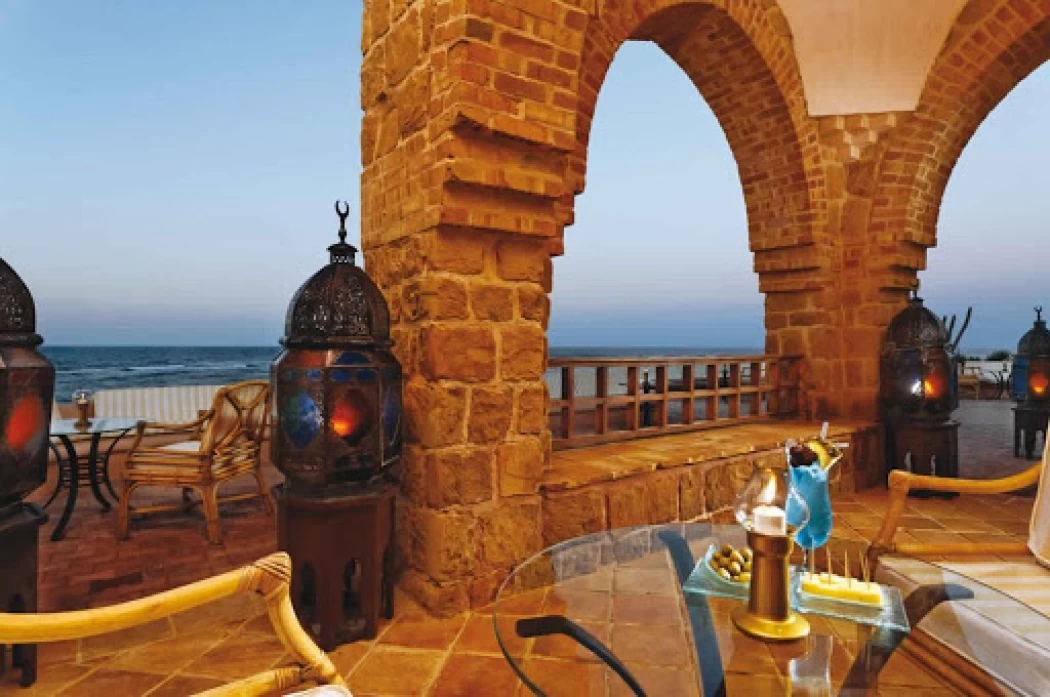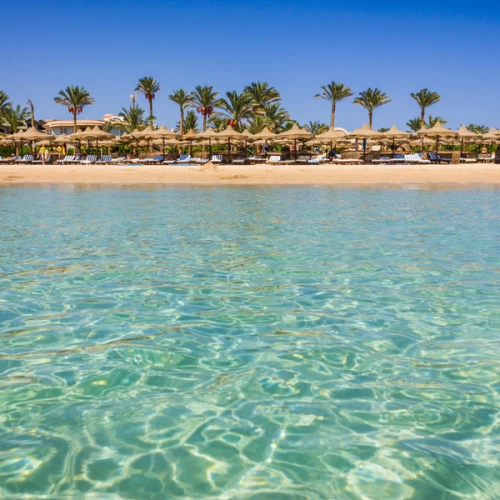
Al-Quseir on Egypt's Red Sea Coast
Al-Quseir on Egypt's Red Sea Coast
The city of Al-Qusayr is considered the oldest city in the Red Sea Governorate, and the most that contains monuments from different eras from the Pharaonic era to modern times, among those monuments and the largest in size is “Al-Tabiya”, which is one of the Ottoman castles that were spread in different cities, but Al-Qusayr's Tabiya had a different history.
The Ottoman castle in Al-Qusayr was built in 1799 AD, and its main goal was to protect the city of Al-Qusayr at that time from bandits and thieves, on the caravans of pilgrims, which were leaving to the Hijaz from the port of Al-Qusayr, as well as on the people of Al-Qusayr, who because of these thieves left the city at that time and life and trade were disrupted, and the Ottoman castle was built at that time to protect them.
This Ottoman castle was called Al-Tabiya and is famous for it until now, and this castle contains a large number of cannons on its walls and inside to protect the city, as Monsieur de Bois Aimée, one of the men of the French campaign on Egypt, described it as completely controlling the city, as it is built on a high limestone plateau, as it is built on a high limestone plateau.
The Ottoman castle in Al-Qusayr was built to protect the city from thieves, as it was topped by four watchtowers that are still present, and the walls of the castle are very thick, built with limestone, and there was an old broken brick water tank to collect rainwater.















